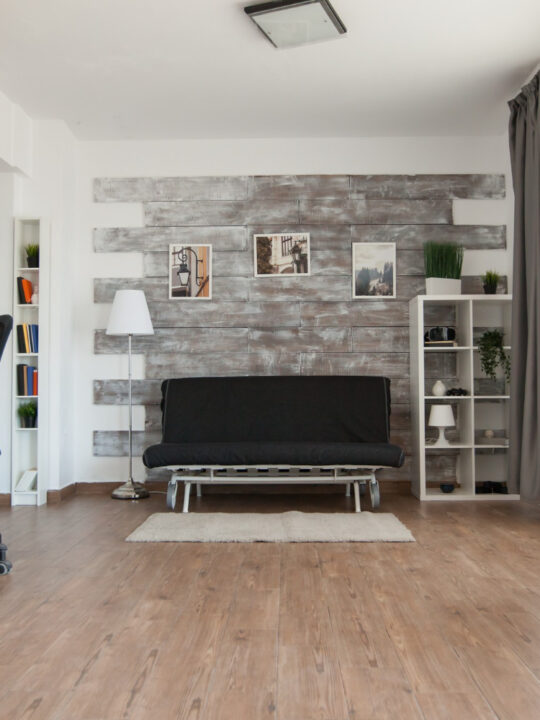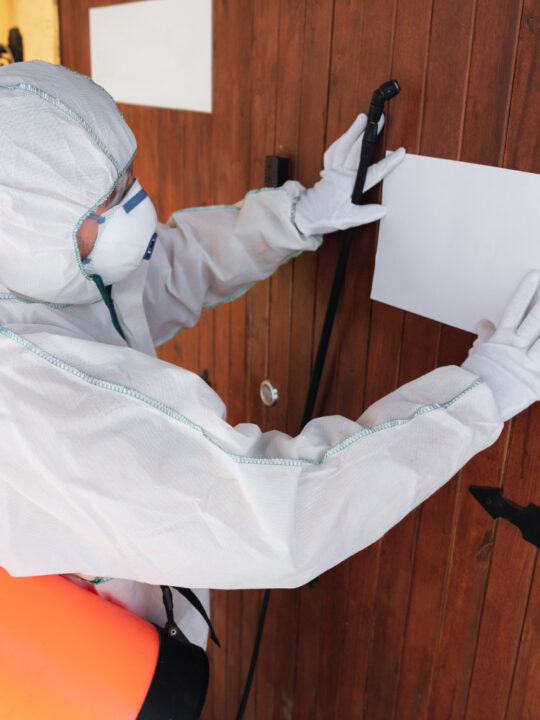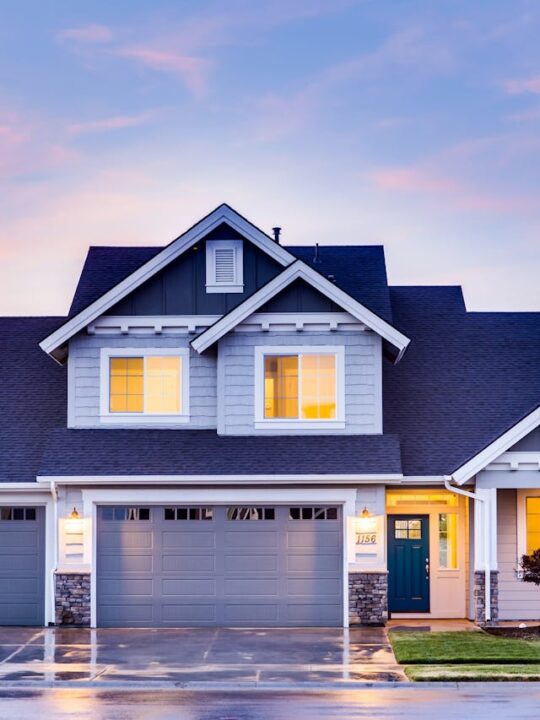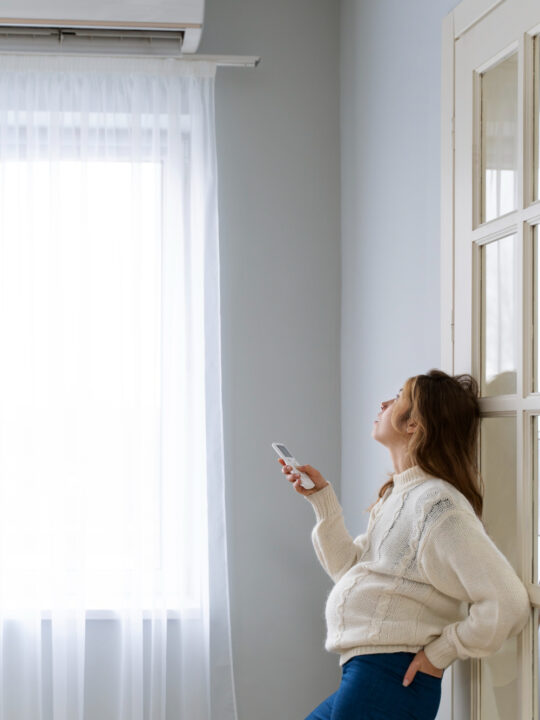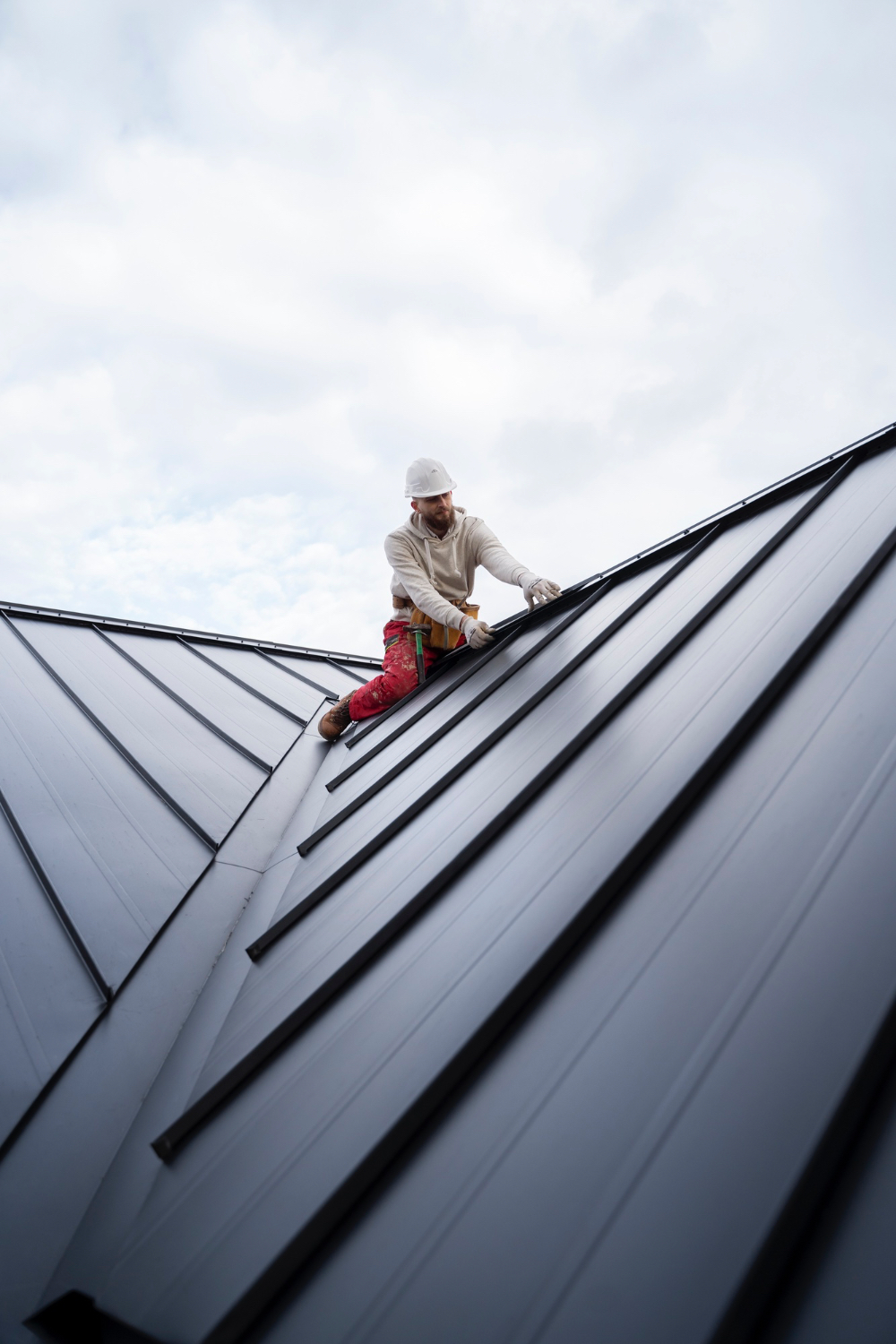 Your roof is a vital part of your home. It protects you and your family from the elements and keeps water from seeping into your home.
Your roof is a vital part of your home. It protects you and your family from the elements and keeps water from seeping into your home.
If you notice a sign of a leaky roof, you should look into having your roof repaired or replaced immediately. Water penetration causes serious damage and can cause mold and rot inside your home.
Table of Contents
Shingles are Curled or Cupped
A roof is your home’s first line of defense against all that Mother Nature can throw at it, so keeping a close eye on it is vital for protecting the items and structures under it. Keeping an eye out for signs like dark stains or water trails on your ceiling will help you catch problems early and get them fixed before they cause damage to your home.
Curled or cupped shingles are another sign that your roof needs replacement. This happens due to the natural shrinkage of asphalt and the shingle’s surface, which allows moisture to seep under them.
It’s also a sign that your roof may not be properly ventilated, which can lead to other issues. You’ll want roofing companies Ottawa to inspect your roof to determine how to proceed.
Shingles are Chipped or Broken
A damaged roof is a sign that it’s time for a new one. Shingles that are chipped or broken are not only aesthetically unpleasant but can also open up your roof to leaks and further damage.
If you see shingle granules in your gutters or your yard, it’s a sign that your shingles are aging and starting to break down. It’s normal to lose a few granules from your roof occasionally, but if you find more than a few in your gutters or yard, it’s likely a good time to start thinking about getting a new roof.
Another sign that it’s time for a roof replacement is when you see water stains or other signs of moisture in your home. Performing regular checks in your attic (or bravely climbing up there to check the nooks and crannies) will help you spot problems sooner, so you can get them repaired before they become serious issues.
Shingles Are Loose
Loose shingles aren’t just unsightly and a potential fire hazard; they can also leave your home vulnerable to water damage. Water leaks may not appear immediately but can eventually affect ceilings, walls, support beams, and joists.
The granules that cover asphalt shingles protect them from UV rays and thermal expansion, but these tiny pieces of grit loosen and fall off as they age. If you notice a build-up of granules in your gutters, it’s a good indicator that shingles are deteriorating and need replacement.
The flashing that seals the seams around vents, skylights, and chimneys can also wear down over time. Examine these points regularly to make sure there are no cracks or breaks that could lead to leaks. If you notice any of these signs, it’s best to have a professional inspection before it’s too late.
Shingles Are Damaged
The roof is a major component of your home’s structure. It protects everything inside from the elements, so it’s important to keep it healthy. If your shingles are damaged, it may be time to replace them.
Damaged shingles can lead to water leaks that cause damage throughout the house. They can also affect energy efficiency and cost you money.
Another sign that your shingles are deteriorating is finding loose granules in your gutters or on the ground around downspouts. This happens as shingles age and is worn down by strong weather conditions like hail storms. This is also a sign that it’s time to start budgeting for a new roof.
Shingles Are Loose in Your Gutters
The roof is the first defense against much of what Mother Nature can throw at your home. As such, staying on top of your roof and its health is important to avoid major repairs down the road.
Regularly looking at your roof can help you spot the early signs of needing a new one. If you start noticing a few loose shingles, this is a sign that your roof is nearing the end of its life.
Loose shingles can cause water damage, which may lead to mold and mildew. These can affect your air quality and the integrity of your roof. When cleaning, You should also watch for shingle sediment, which can appear as bald spots on your shingles or gutters.

